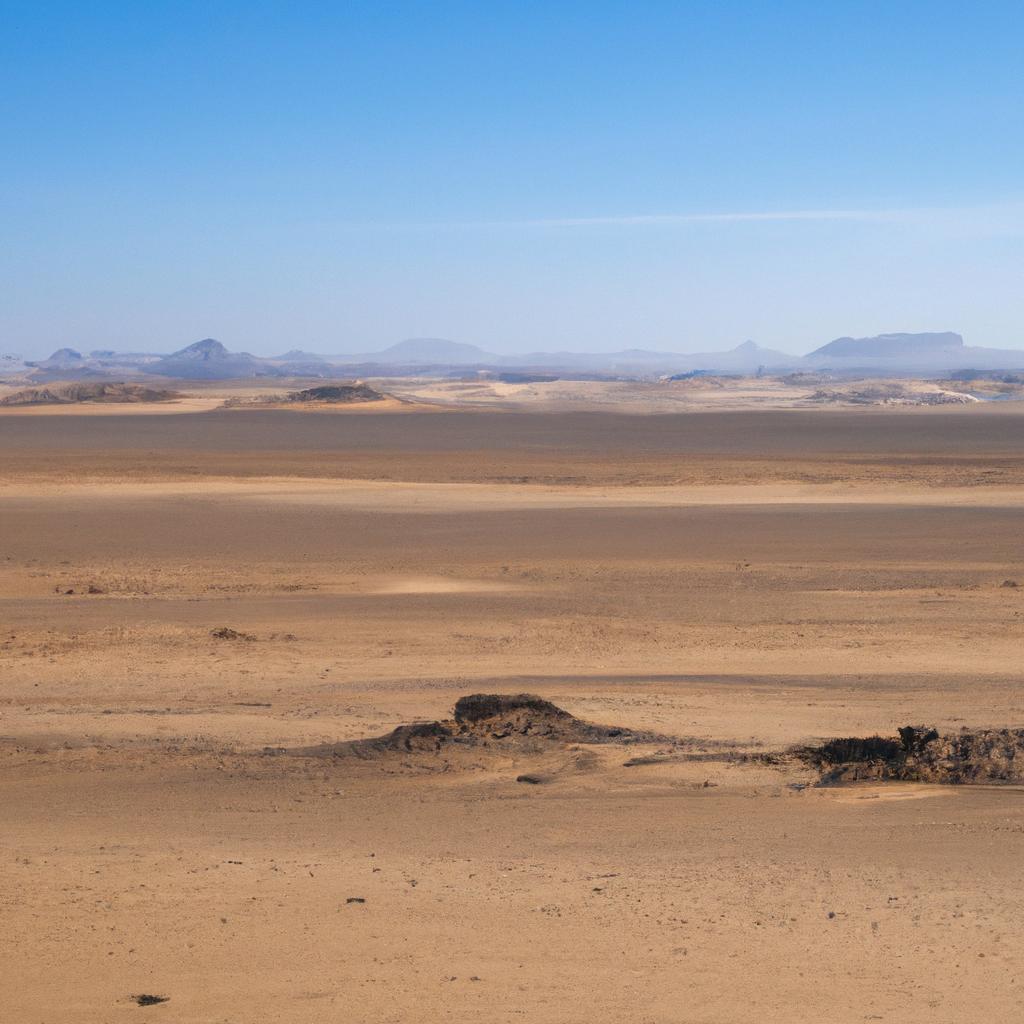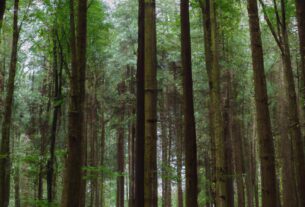Sahara El Beyda, famously known as the White Desert, is an enchanting national park located in Egypt. This mesmerizing destination is renowned for its extraordinary rock formations, dazzling white sand dunes, and breathtaking landscapes. Travelers and nature enthusiasts from all corners of the globe flock to the White Desert to experience its wonders. In this article, we will embark on an immersive journey, delving into the attractions, geography, flora and fauna, cultural significance, and conservation efforts of this remarkable place.
The Unique Landscape of Sahara El Beyda
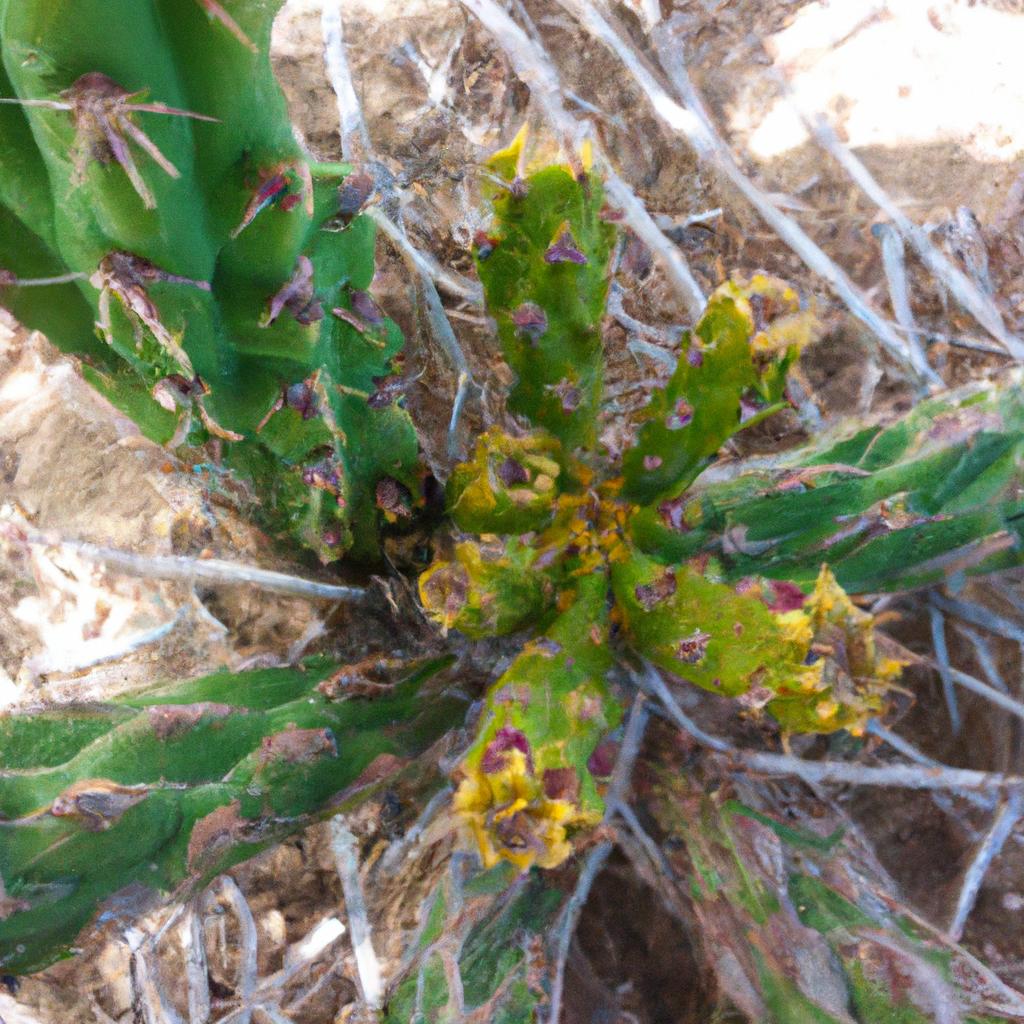
Even in the harshest of climates, life finds a way to thrive in Sahara El Beyda
The White Desert lies within the Farafra depression, which is part of Egypt’s Western Desert. Spanning approximately 3,000 square kilometers, it is situated just 45 kilometers north of the town of Farafra. Sahara El Beyda is characterized by its majestic white limestone rocks and chalk formations, which have been shaped over millions of years by the relentless forces of wind and sand. The result is a surreal landscape adorned with towering stone pillars that have been intricately carved by nature, leaving visitors awestruck.
The climate of Sahara El Beyda can be described as arid and hot, with daytime temperatures ranging between 20°C to 30°C, while dropping to 5°C to 10°C at night. Rainfall in the area is minimal, averaging only 2-3 centimeters per year. Despite these harsh conditions, Sahara El Beyda harbors a diverse range of flora and fauna, which we will delve into in the following section.
The Enchanting Flora and Fauna of Sahara El Beyda
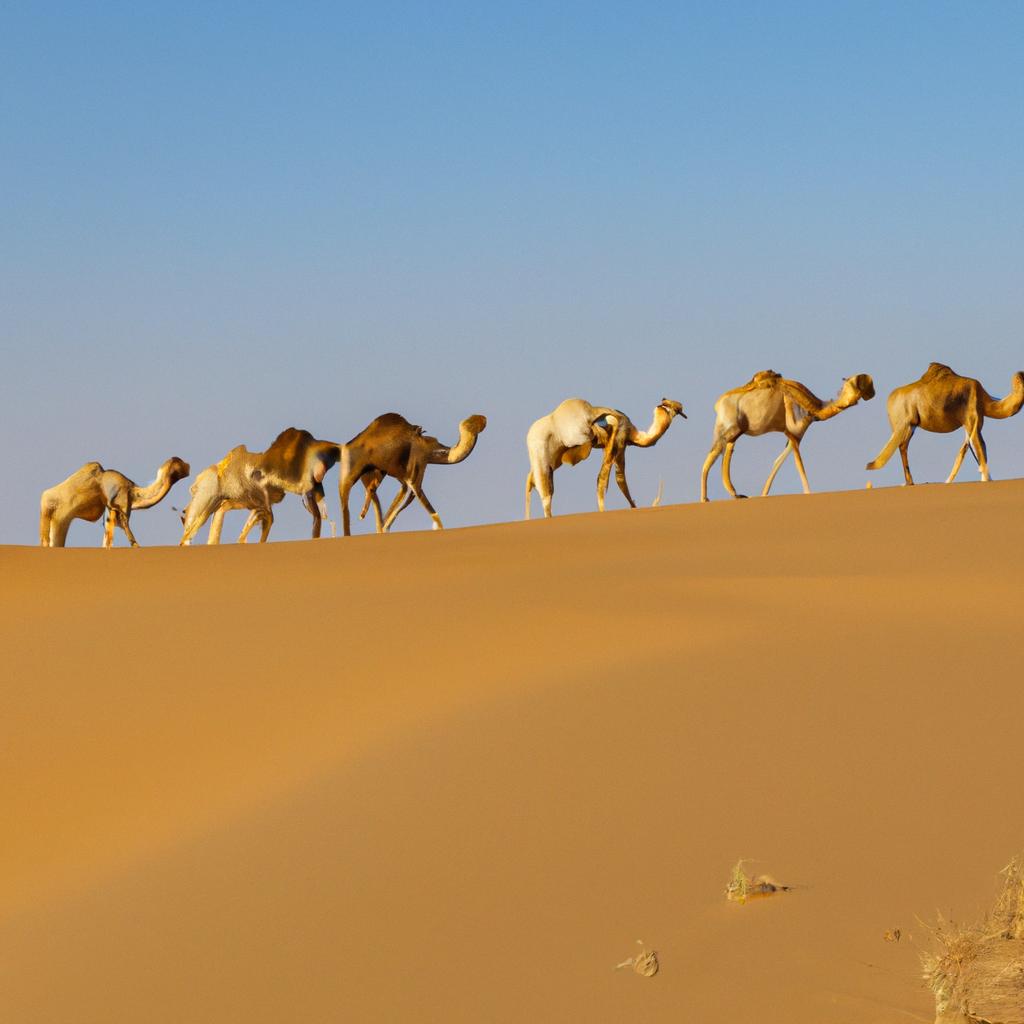
Camels are a common sight in Sahara El Beyda, where they are used for transportation and milk production
Sahara El Beyda surprises visitors with its rich variety of plant life, defying the arid desert conditions. Among the notable species are the acacia tree, recognized for its thorny branches and vibrant yellow flowers, and the tamarisk tree, which graces the landscape with delicate pink blooms and serves as a popular nesting site for birds. The White Desert is also home to the medicinal desert rhubarb, known for its healing properties, and the stunning desert rose, a flowering plant cherished for its ornamental value.
The White Desert teems with diverse animal species, including mammals, birds, reptiles, and insects. Among the notable mammals are the desert fox, the Dorcas gazelle, and the elusive sand cat. Birdwatchers will be delighted by the presence of over 40 bird species, such as the white-crowned wheatear, the majestic lappet-faced vulture, and the charismatic hoopoe. Reptiles, including the desert monitor lizard and the sand boa, add to the region’s biodiversity.
Regrettably, Sahara El Beyda is also home to several endangered species. The slender-horned gazelle, which is now considered extinct in the wild, faces the threat of complete annihilation. The Barbary sheep and the North African ostrich are also at risk. To safeguard these irreplaceable species and their habitats, dedicated conservation efforts are underway, as we will explore in the subsequent section.
The Cultural Significance of Sahara El Beyda
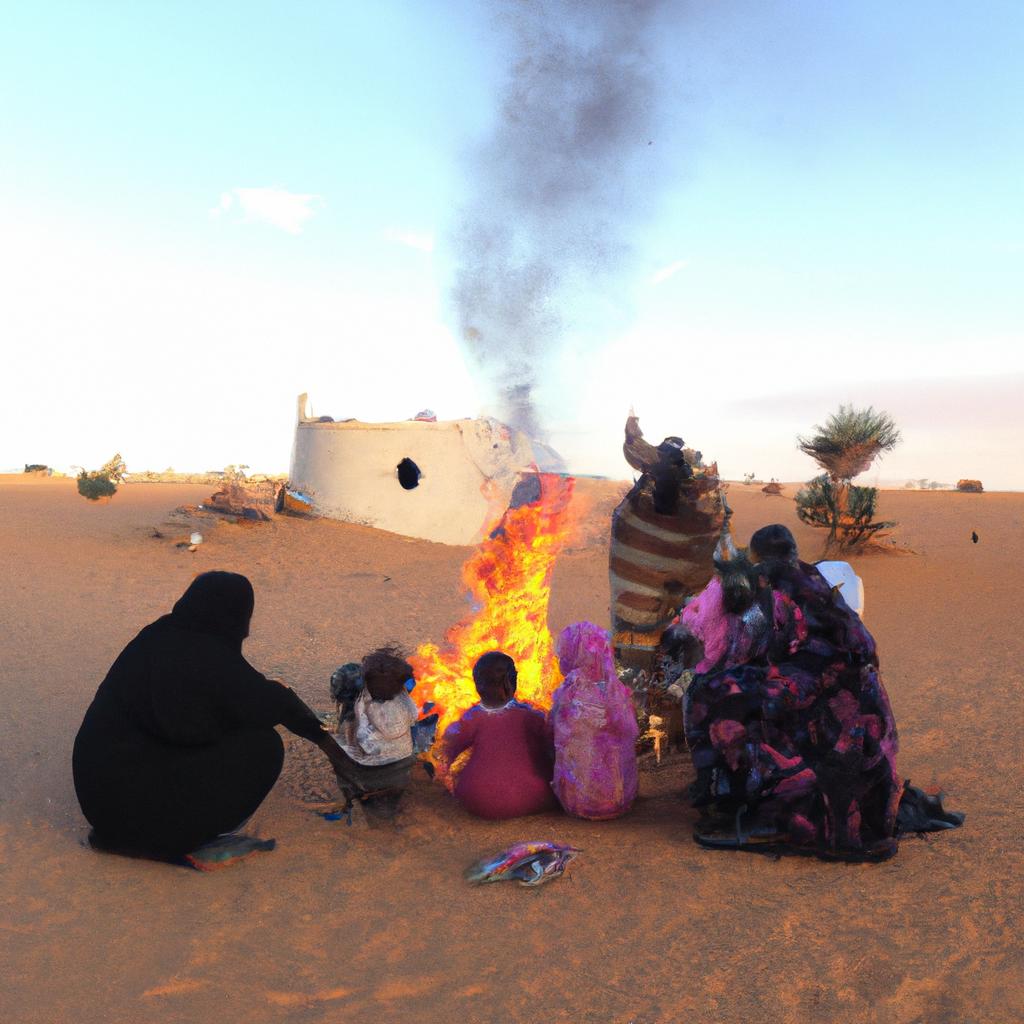
The indigenous communities of Sahara El Beyda have a rich cultural heritage that dates back centuries
Sahara El Beyda has served as a significant cultural site for millennia. It once housed ancient civilizations, including the Pharaonic and Roman empires, leaving behind a wealth of historical landmarks and artifacts. Today, the White Desert holds great cultural importance for indigenous communities who have inhabited the region for generations, cultivating distinct practices and traditions deeply intertwined with the natural landscape.
Indigenous communities, such as the Bedouin people, have traversed the Sahara desert for thousands of years. They have adapted to the harsh desert conditions, acquiring profound knowledge of the environment and its resources. The Bedouin people possess a rich cultural heritage, expressed through unique traditions, clothing, and music, all telling stories of their resilient way of life.
Weaving is among the vital traditional practices of the Bedouin people, employed to create clothing, rugs, and various other items. Additionally, they hold a deep understanding of medicinal plants, utilizing them to address a wide spectrum of illnesses and ailments.
Sahara El Beyda is adorned with historical landmarks, including ancient temples, tombs, and ruins. One such renowned landmark is the Temple of Dush, dating back to the Roman era and dedicated to the god Amun. Visitors also flock to the nearby Temple of Hibis, where well-preserved hieroglyphics and exquisite carvings offer a glimpse into the region’s ancient past.
Threats to Sahara El Beyda
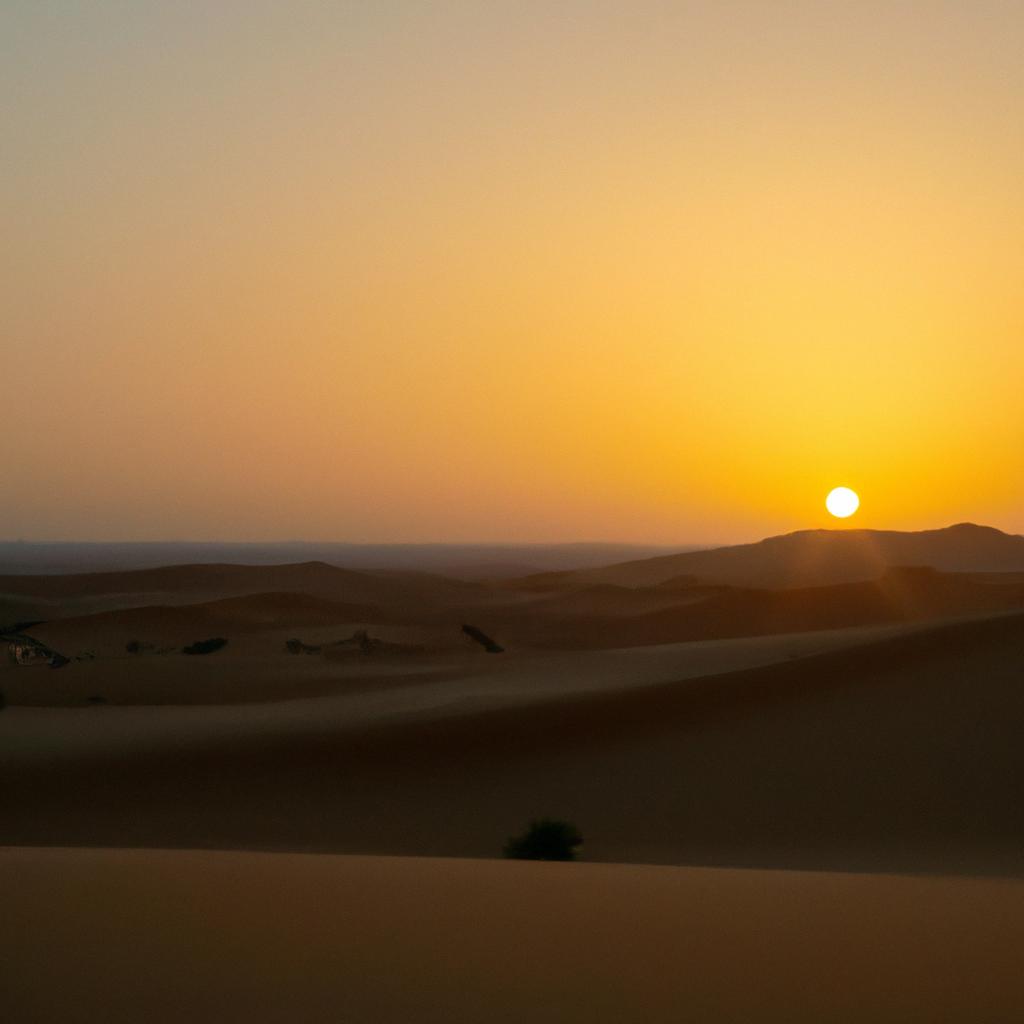
The colors of the sky at sunset create an unforgettable experience in Sahara El Beyda
Despite its allure and cultural significance, Sahara El Beyda faces various threats that undermine its delicate ecosystem. These threats include:
Climate Change
The Western Desert has already experienced the adverse impacts of climate change, with rising temperatures and reduced rainfall leading to desertification and the loss of biodiversity. Such changes pose a significant threat to Sahara El Beyda’s flora and fauna, which rely on a delicate balance of climatic conditions to thrive.
Human Activities
Human activities, including oil and gas exploration, mining, and agriculture, pose a significant risk to the fragile ecosystem of Sahara El Beyda. Overgrazing by livestock and off-road driving by tourists further exacerbate the problem, causing soil damage, vegetation loss, and habitat destruction for wildlife.
Political Instability
The political instability in Egypt has resulted in limited resources and funding for conservation efforts, hampering the management and protection of the White Desert.
Conservation Efforts for Sahara El Beyda
Efforts are underway to preserve the unparalleled ecosystem of Sahara El Beyda. These initiatives encompass:
International Initiatives
International organizations such as UNESCO and the World Wildlife Fund (WWF) have recognized the significance of Sahara El Beyda and are collaborating with the Egyptian government to safeguard the area. In 2005, the White Desert attained UNESCO World Heritage status, raising awareness and attracting funds to support conservation endeavors.
Local Conservation Programs
Several local conservation programs are diligently working to protect the White Desert. The Farafra Environmental Protection Association stands as one such program, aiming to promote sustainable tourism and educate visitors about the importance of preserving the ecosystem.
Sustainable Tourism
Sustainable tourism plays a crucial role in safeguarding Sahara El Beyda. By advocating responsible practices, such as limiting off-road driving and minimizing waste generation, visitors can assist in reducing the environmental impact of their visit. In doing so, they contribute to the preservation of the White Desert, ensuring its timeless beauty for future generations to cherish.
To learn more about Sahara El Beyda and plan your own magical journey, visit TooLacks for additional information and resources.
